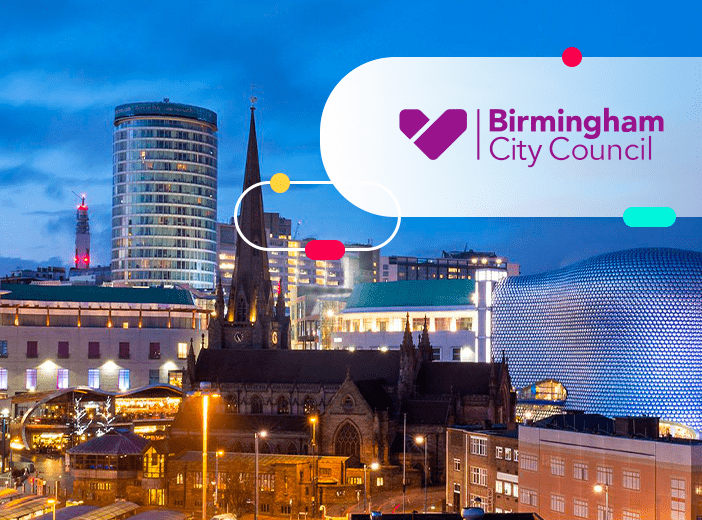How Open Data is Changing Public Procurement
Over the last 5 years, open contracting has turned into a global phenomenon. What is it all about? Who are the actors behind it? Most importantly, is it delivering on its promises? Find the answers to your questions in this article!

Over the last 5 years, open contracting has turned into a global phenomenon. What is it all about? Who are the actors behind it? Most importantly, is it delivering on its promises? Find the answers to your questions in this article!
How Open Data is Changing Public Procurement
In the remote Republic of Kyrgyzstan (Central Asia), open data on public procurement allows Kloop, a local independent media outlet, to monitor infrastructure projects and identify, with the help of volunteers on the ground, cases of suspected corruption, which are then investigated by authorities.
This is just one among the many stories of activists, reformers, and investigative journalists collected by the Open Contracting Partnership (OCP), the world-leading organization for open data in public procurement. But what information can be found in open contracting data, and how can it be leveraged? Is it having the expected impact?
The Basics of Open Contracting
First of all, let’s clarify some terminology. Public procurement refers to the purchase of goods, works and services (from school meals and basic medicine to transport and infrastructure), by public entities, such as local, federal, and national governments, public agencies, and State-owned firms.
Public contracting is a broader concept, that includes not only procurement but also concessions (such as for the extraction and/or exploitation of natural resources), licences, permits, grants, Public-Private-Partnerships (PPPs) and any other contract on the exchange of public goods, assets or resources.
Open contracting means making the information about these contracts (project description, number of bidders, winning entity, estimated and final price of the project, terms of contract, etc.) freely and publicly accessible. The legal basis for this practice is strong, ranging from national Freedom of Information (FOI) laws to international agreements, such as the United Nations Convention Against Corruption (UNCAC) and the EU Public Procurement (PP) Directives.
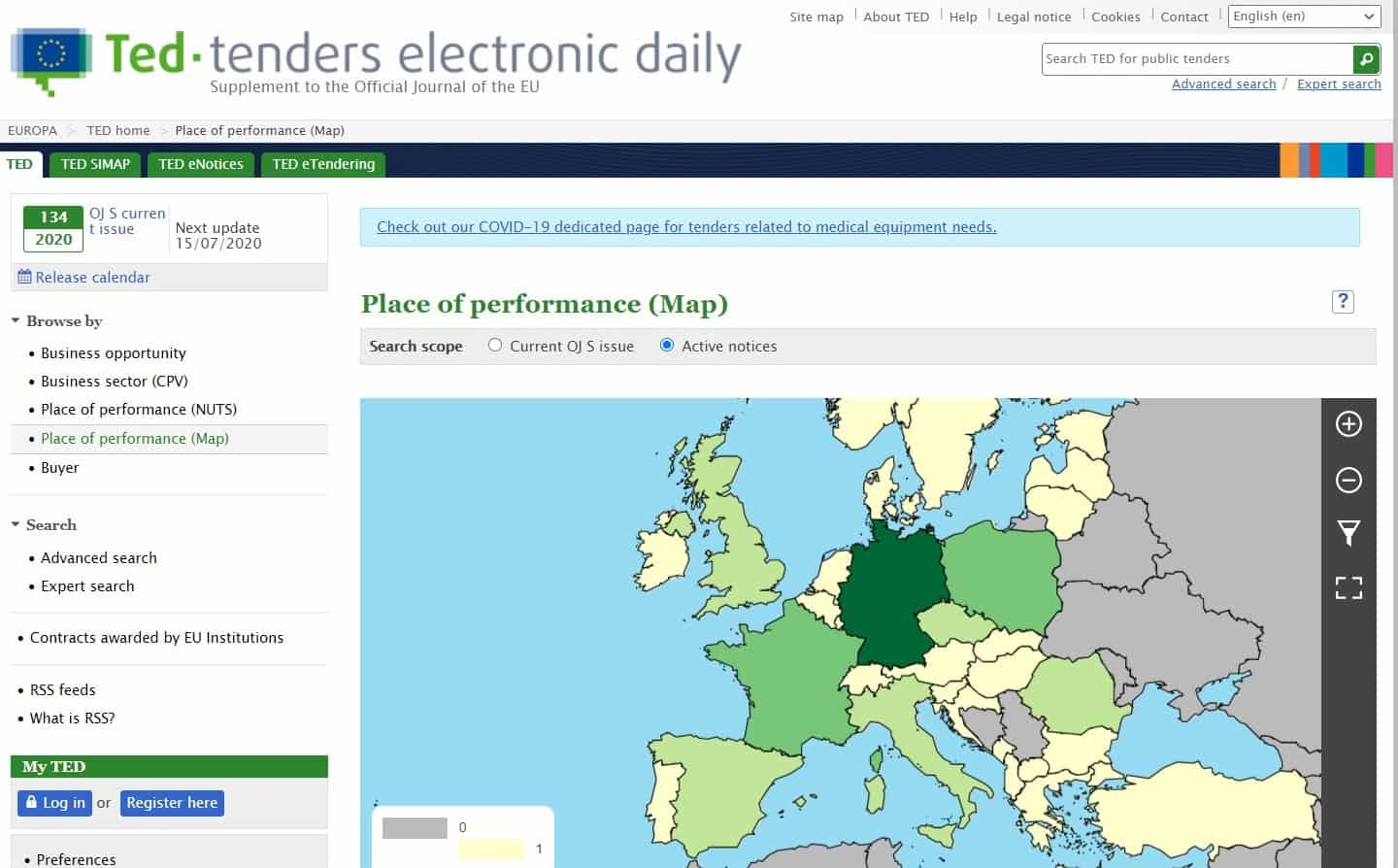
Why Open Contracting?
There are many good reasons to invest in open contracting. Firstly, it can improve State accountability, procedural justice, and public trust in institutions by transparently showing where taxpayer money goes. Secondly, it increases competition and thus public savings by lowering information costs and investment risk for bidders, especially SMEs and new vendors. Thirdly, it can contribute to institutional efficiency and the work of public watchdogs by dramatically cutting the time spent by government entities, law enforcement agencies and civil society in making and processing Access to Information requests.
Formats and Tools
In the early days of open contracting, public authorities used to make public procurement information available in formats that are very difficult or even impossible to process, such as pdf and XML. But since 2015, all new and historical EU award notices are in separate, tabular, and machine-readable CSV files, which can also be downloaded as a single dataset. At the same time, the OCP developed the Open Contracting Data Standard (OCDS), which is currently in use in 19 countries. The OCP also provides a suite of free data analysis tools, including Pelican (to assess data quality), Toucan (to analyze OCDS data on Excel) and Kingfisher (to collect, pre-process, summarize and query OCDS data).
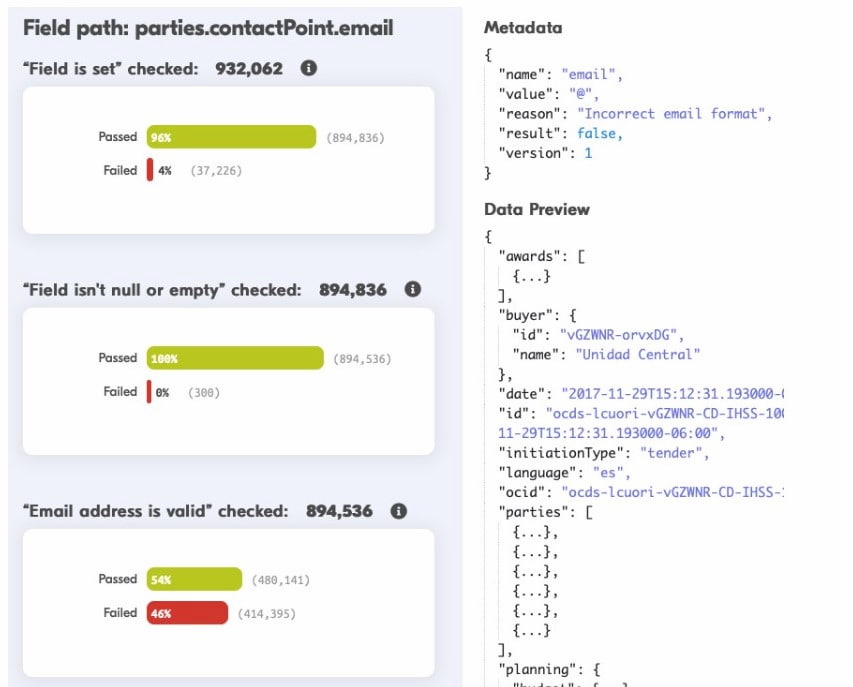
A Global Phenomenon
Open procurement standards such as Transparency International’s Integrity Pact and the Extractive Industry Transparency Initiative (EITI), as well as e-procurement portals by unlikely pioneers such as Colombia, Chile, Mexico and Indonesia date as far back as the early 2000s. However, it wasn’t until the 2010s that open contracting gained momentum. In 2011, the Open Government Partnership (OGP) was launched: so far, 70 of its members have committed to open contracting. Under the auspices of the World Bank, the Infrastructure Transparency Initiative (CoST) kicked off in 2012, and so did the OCP in 2015 In the same year, the OECD published the Recommendation for Public Procurement and later a Toolbox to support its implementation. In 2019, the G7 and the G20 also expressed support to open contracting.
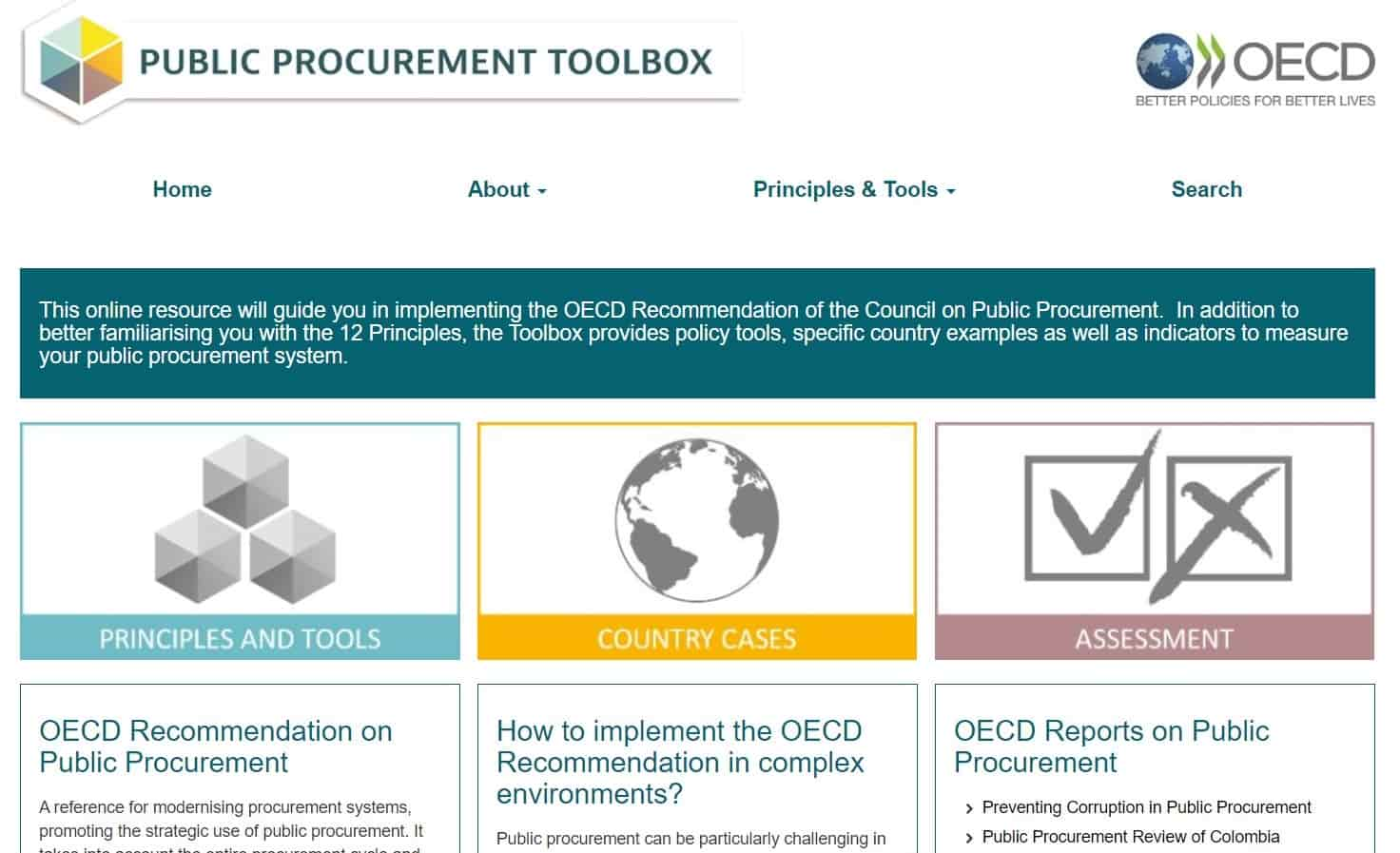
Measuring Impact
While political support for open contracting is well documented, evidence of its impact is still limited – but encouraging. A 2017 paper by the World Bank, for example, shows that transparent procurement systems are associated with higher SMEs participation in tenders, as well as fewer and lower bribes.
In addition, a 2019 study by top US universities found that in the EU, open data on public procurement positively affects competition, increasing the number of bids per tender by 12%, reducing prices by 8% and improving the likelihood of success of new vendors by 8.7 percentage points. However, contracts are also 2.9 percentage points more likely to face delays or ex-post price increases, largely due to the shift from quality to price as an award criterion, the inexperience of new vendors and the complexity of projects.
Another 2019 report, this time on Ukraine, confirms that open contracting has a positive impact on competition (in terms of new vendors) and prices, as well as on processing times, although it is difficult to differentiate between the effect of open data and that of the broader public procurement reform.
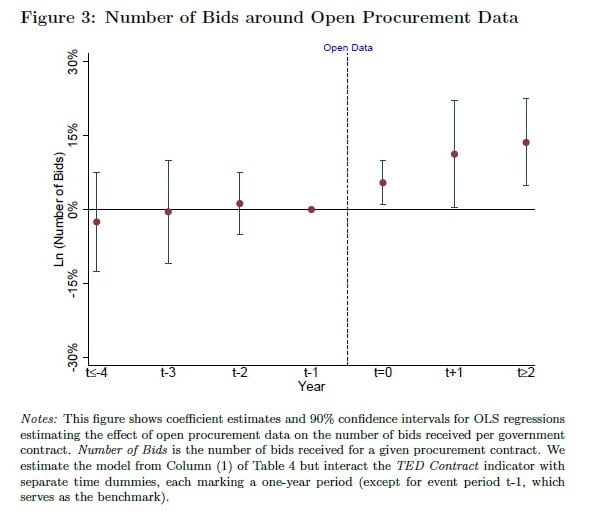
Challenges Ahead
As always with open data, the greatest challenge is getting stakeholders to re-use information. One idea to solve this issue is to involve stakeholders (such as citizen associations, journalists, and NGOs) from the beginning, asking them about their needs before launching an open contracting data portal. Another idea is to put data where stakeholders are most likely to find it: sometimes adding a section in an existing platform. For example, the website of a mine in the case of extractive industries data might be more effective than setting up an ad hoc portal. Promotion and training need to complement these efforts. Since data often provides insights only when checked against other registries, data must also be interoperable across agencies and sectors. Lastly, to be meaningful, data must be of high-quality, that is, machine-readable and complete.
So what have two decades of open contracting taught us? The key lesson is that transparency alone is not enough to have an impact. Open contracting works best as a part of a broader public procurement reform and it needs to be accompanied by organizational changes, bringing together the expertise of institutions and the needs of end users.

